Inquiry Now
Any questions? Send us message now! We’ll serve your request with a whole team after receiving your message. 🙂
Product name: Stevia (Stevioside)
CAS:57817-89-7
MF: C38H60O18
Appearance: Colorless crystal or white crystalline powder, odorless, strong sweetness, pure sweetness, slightly bitter when the concentration is high, and the sweetness is about 300 times that of sucrose.
Provide low minimum order quantity to meet different needs.
Provide customized products and design services to meet unique customer needs.
Ensure fast order processing, minimize waiting time, and provide reliable and efficient service.
Provide high quality products with customer satisfaction at the core.
Stevioside also known as stevia, stevia, and stevia extract, is a strong sweet component contained in stevia rebaudianabertoni. It is extracted from the leaves and refined. Steviol glycosides are colorless crystals with a sweetness 200 to 300 times that of sucrose. They have a slight menthol aroma and a small amount of astringency. They have strong thermal stability and are not easy to decompose.
A large number of tests have proven that Chemicalbook Stevia has no toxic side effects, no carcinogens, is safe to use, has cooling and sweet properties, and is the third most valuable and healthy natural sucrose substitute after sugar cane and beet sugar. It is known as ” The world’s third source of sugar.
Application
Steviol glycosides can be used in candies, pastries, beverages, solid beverages, fried snacks, preserves, preserved fruits, seasonings, soft ice cream and pharmaceutical excipients, etc. The usage amount should be used in an appropriate amount according to production needs.
Packing & Storage
25KG/BAG or 25 KG/CARTON
Food additives are substances that are added to food products to enhance their flavor, appearance, texture, or shelf life. They play an important role in the food industry by improving the quality and safety of processed foods. Here are some common applications of food additives:
Food additives like sodium benzoate and sorbic acid are used to prevent the growth of bacteria, fungi, and other microorganisms in food, thereby extending its shelf life.
Additives such as monosodium glutamate (MSG) and nucleotides are used to enhance the taste and flavor of food. They can intensify existing flavors or create new ones.
Food dyes and pigments, such as tartrazine (Yellow 5) and cochineal extract (carmine), are used to add or enhance the color of food products. They are commonly used in candies, beverages, and processed foods.
Artificial sweeteners like aspartame and sucralose are used as sugar substitutes in various food and beverage products, including diet sodas, sugar-free candies, and low-calorie desserts.
These additives help to stabilize and prevent the separation of ingredients that are not naturally mixable, such as oil and water. Common emulsifiers include lecithin and mono- and diglycerides.
Additives like vitamin C (ascorbic acid) and tocopherols (vitamin E) act as antioxidants, which help to prevent the oxidation of fats and oils in food, thereby extending their shelf life.
Food additives such as carrageenan, xanthan gum, and pectin are used to stabilize and thicken food products, improving their texture and mouthfeel.
These additives, such as silicon dioxide and calcium silicate, are used to prevent powdered or granulated ingredients from forming clumps or becoming sticky.
Acidulants like citric acid and lactic acid are used to adjust the acidity or pH of food products, enhancing their flavor and acting as preservatives in certain cases.
Additives like maltodextrin and cellulose are used to increase the volume or bulk of a food product without adding significant nutritional value.
It’s important to note that food additives undergo strict safety evaluations by regulatory authorities, such as the U.S. Food and Drug Administration (FDA) and the European Food Safety Authority (EFSA), to ensure they are safe for consumption within specified limits.
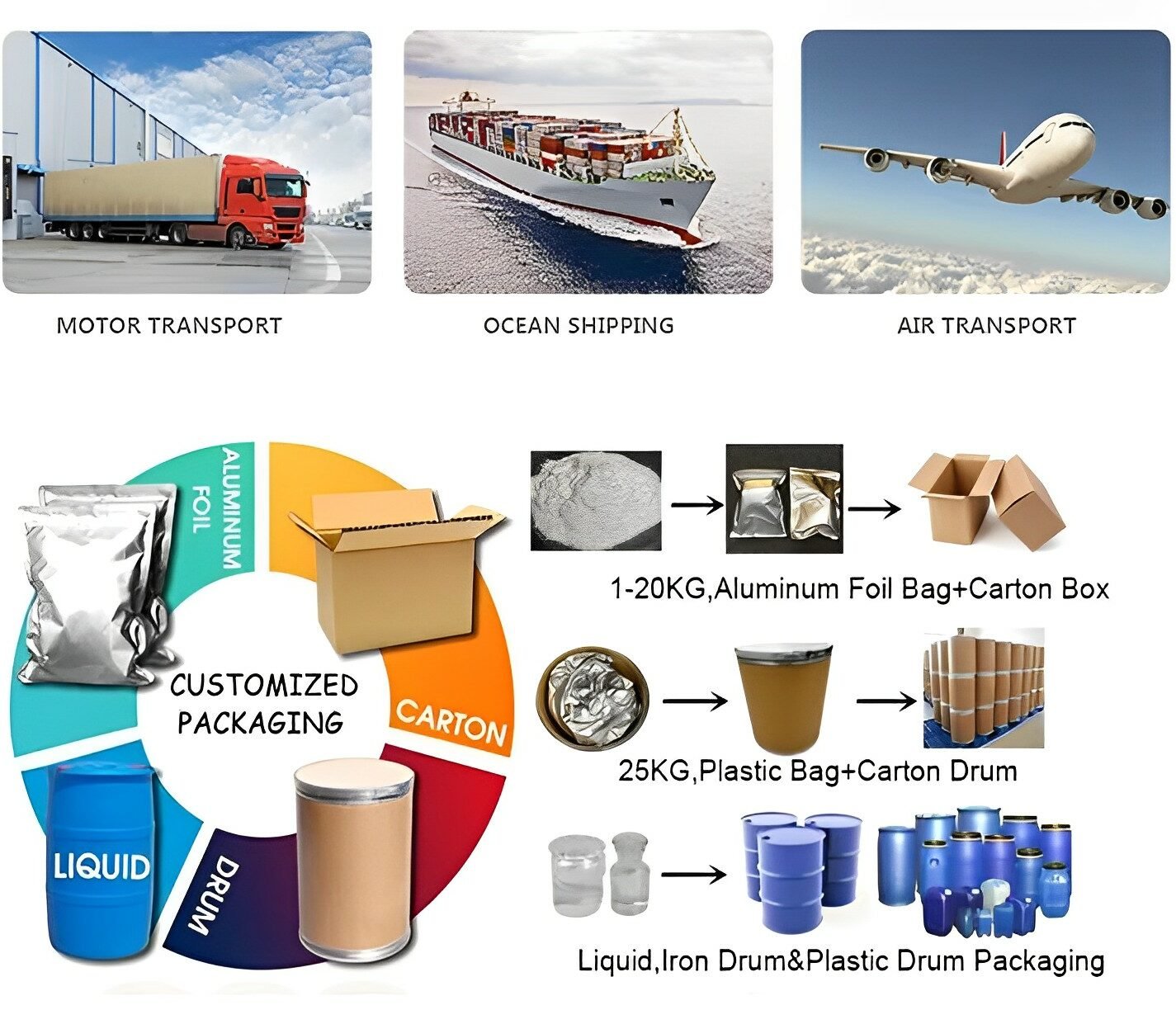
WAP Chemical
2 Years
TUV, CE, INMETRO
TT, L/C, Western Union
7-15 Days
Can Be Negotiated
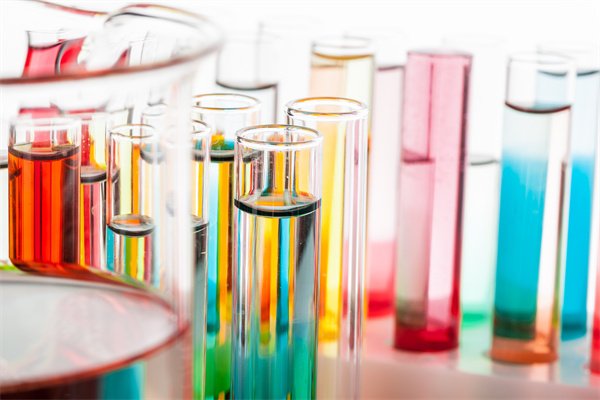
At WPA Chemical, we prioritize safety and adhere to strict quality standards in the production of food additives. Trust us to deliver products that meet and exceed industry regulations.
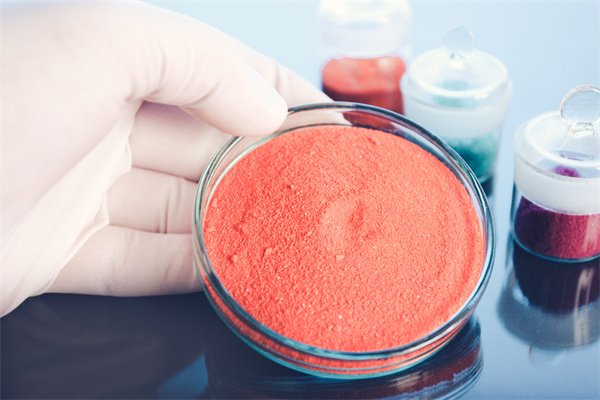
With a wide variety of food additives, we offer a comprehensive selection to cater to diverse needs. From preservatives to flavor enhancers, we have the perfect solution for every culinary requirement.

Our products undergo rigorous testing and analysis to ensure their efficacy and safety. Count on WPA Chemical to provide food additives that have been thoroughly examined and approved for consumption.
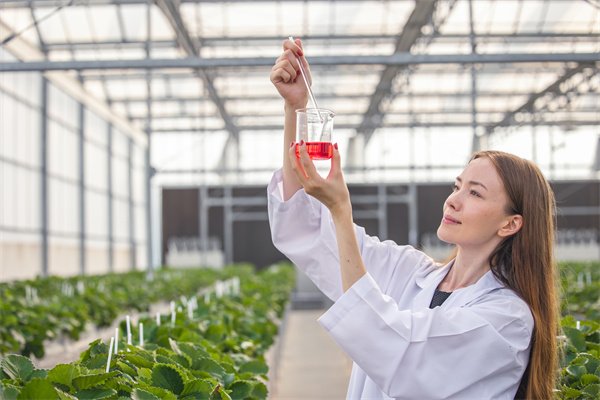
With years of experience in the food additive industry, we have developed a deep understanding of market trends and customer demands. Rely on our expertise to provide you with the finest quality additives.
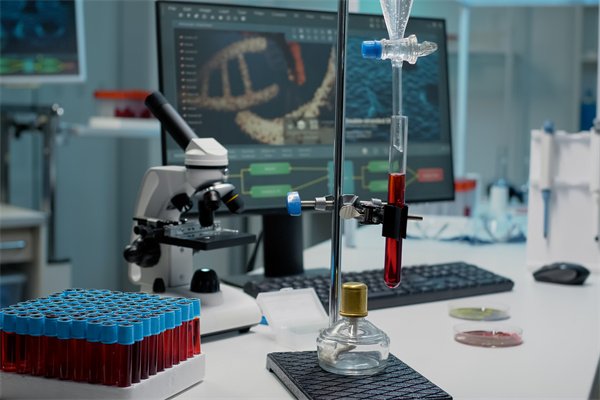
We are committed to sustainable manufacturing practices. Our food additives are produced using environmentally friendly processes, reducing our carbon footprint while delivering exceptional results.

We prioritize customer satisfaction and aim to build long-lasting relationships. Experience our prompt service, reliable delivery, and personalized support, ensuring your needs are met with utmost professionalism.
A food additive is any substance that is intentionally added to food during its production, processing, packaging, or storage to perform specific technological functions. These functions can include enhancing flavor, improving texture, preserving freshness, extending shelf life, adding color, and maintaining nutritional value. Food additives can be either natural or synthetic substances and are used in various food and beverage products to achieve specific desired qualities or characteristics.
Food additives serve several purposes in the food industry. They can improve the taste, appearance, and overall sensory experience of food, making it more appealing to consumers. Additives can also contribute to food safety by preventing spoilage, inhibiting the growth of harmful bacteria, and reducing the risk of foodborne illnesses. Additionally, additives help meet consumer demands for convenience, variety, and extended shelf life of food products.
Common examples of food additives include preservatives (e.g., sodium benzoate), flavor enhancers (e.g., monosodium glutamate), emulsifiers (e.g., lecithin), stabilizers (e.g., xanthan gum), sweeteners (e.g., sucralose), and colorings (e.g., tartrazine). These additives undergo rigorous safety assessments and are regulated by governmental authorities to ensure they are safe for consumption within specified limits.
There are several types of food additives, each serving specific functions in food production. Here are some common categories of food additives:
Preservatives: These additives help prevent the growth of microorganisms and delay food spoilage. Examples include sodium benzoate, potassium sorbate, and calcium propionate.
Flavor Enhancers: These additives enhance the taste and aroma of food products. Monosodium glutamate (MSG) is a well-known flavor enhancer used in savory foods.
Colorings: Food colorings are used to enhance or add color to food products. They can be natural or synthetic. Examples include caramel coloring, beet juice powder, and synthetic colorings like tartrazine (Yellow 5) or Allura Red (Red 40).
Sweeteners: These additives provide sweetness to food and beverages. They can be natural, such as sugar and honey, or artificial sweeteners like aspartame, sucralose, and stevia.
Emulsifiers: Emulsifiers help stabilize mixtures of ingredients that do not naturally mix well, such as oil and water. Common emulsifiers include lecithin, mono- and diglycerides, and polysorbate.
Stabilizers and Thickeners: These additives enhance the texture, stability, and mouthfeel of food products. Examples include xanthan gum, carrageenan, and pectin.
Antioxidants: Antioxidants are used to prevent or delay food deterioration caused by oxidation. Common antioxidants include vitamin E (tocopherols), ascorbic acid (vitamin C), and butylated hydroxyanisole (BHA).
Acidulants: Acidulants are used to adjust the acidity or pH level of food products. Examples include citric acid, malic acid, and phosphoric acid.
Anti-caking Agents: These additives prevent the formation of lumps or clumps in powdered or granulated food products. Silicon dioxide, calcium silicate, and magnesium stearate are common anti-caking agents.
Bulking Agents: Bulking agents add bulk or volume to food products without contributing significantly to nutritional value. Examples include cellulose, maltodextrin, and polydextrose.
Food additive safety regulations ensure that the use of additives in food products meets specific standards and poses no undue risk to consumers. These regulations vary by country or region, but they generally involve the following aspects:
Regulatory Authorities: Governments typically establish regulatory bodies responsible for overseeing and regulating food additives. Examples include the Food and Drug Administration (FDA) in the United States, the European Food Safety Authority (EFSA) in the European Union, and the Food Standards Agency (FSA) in the United Kingdom.
Safety Evaluation: Before an additive can be approved for use, it must undergo a safety evaluation conducted by regulatory authorities. This evaluation involves assessing the potential risks associated with the additive’s use, including toxicity, carcinogenicity, allergenicity, and other health effects. The evaluation considers scientific data, studies, and expert opinions to determine an acceptable daily intake (ADI) or other safety criteria for each additive.
Authorized Uses and Maximum Limits: Regulatory authorities define the authorized uses and maximum limits of additives in different food categories. These limits ensure that additives are used in safe and appropriate quantities and that potential risks are minimized. The limits may vary based on factors such as the type of food, age groups, and specific dietary requirements.
Labeling Requirements: Food additive regulations often specify labeling requirements to ensure transparency and provide information to consumers. Labels should accurately list the additives used in the product, either by their common names or their respective identification numbers (e.g., E-numbers in the European Union). Allergen labeling and specific warnings may also be required for certain additives.
Ongoing Monitoring: Regulatory authorities continuously monitor the safety of approved food additives. They may review new scientific research, conduct risk assessments, and re-evaluate the safety of previously approved additives. If new information indicates potential risks, authorities may adjust regulations or revoke approvals.
International Harmonization: Efforts are made to harmonize food additive regulations globally. Organizations like the Codex Alimentarius Commission, jointly established by the Food and Agriculture Organization (FAO) and the World Health Organization (WHO), develop international standards and guidelines for food additives. This harmonization promotes consistency and facilitates trade while ensuring the safety of food products across borders.
It is crucial for food manufacturers to comply with these regulations, conduct appropriate testing, and maintain records to demonstrate the safety and compliance of their products. By adhering to these safety regulations, the food industry can maintain consumer trust and ensure the safety of the food supply chain.
When selecting a food additive, consider the following factors:
Safety: Choose additives that have been approved by regulatory authorities such as the FDA or EFSA. Look for additives with a history of safe use and minimal reported adverse effects. Review the safety evaluations and maximum limits set by regulatory agencies.
Functionality: Determine the specific purpose or function you need the additive to serve in your food product. Whether it’s enhancing flavor, improving texture, preserving freshness, or adding color, select additives designed to fulfill those particular functions.
Compatibility: Consider the compatibility of the additive with your food product. Some additives may interact differently with various ingredients or pH levels. Ensure compatibility to avoid unwanted reactions or changes in taste, texture, or appearance.
Quality: Choose additives from reputable suppliers or manufacturers known for their adherence to quality standards. Look for additives that undergo rigorous testing and quality control measures to ensure consistent performance and safety.
Consumer Preferences: Consider your target market and their preferences. Some consumers may have dietary restrictions or preferences, such as preferring natural additives or avoiding specific allergens. Adapting to these preferences can enhance consumer acceptance and marketability.
Labeling Requirements: Review the labeling regulations in your region. Ensure that the chosen additives comply with the labeling requirements, including accurate ingredient lists, appropriate dosage declarations, and proper allergen labeling.
Scientific Research: Stay informed about scientific literature and research regarding food additives. Look for studies that evaluate the safety, efficacy, and potential health effects of specific additives. Consider the latest advancements and trends in food science and technology.
Cost-Effectiveness: Evaluate the cost of the additive and its potential impact on your production budget. Consider whether the benefits provided by the additive justify its cost in terms of improved product quality, shelf life, or consumer appeal.
It is essential to consult with food scientists, regulatory experts, or professionals in the food industry for specific guidance and recommendations tailored to your product and market. They can provide valuable insights and help you make informed decisions about the selection and use of food additives.
Over the past few decades, food additives have been playing a significant role in the development of the food industry worldwide. These substances provide a myriad of benefits from ensuring food safety and prolonging shelf life to enhancing flavor and color, thereby improving the overall food experience. Among the key players shaping this burgeoning industry, WPA Chemicals Limited stands out as a prime example of a business that has not only built a successful model of international trade but also has invested heavily in the growth of a robust chemical supply chain platform.
WPA Chemicals Limited – Beyond the Ordinary
WPA Chemicals Limited, at its core, is an international business company that takes a step further to serve as a comprehensive chemical supply chain platform. The firm’s business model is one that stands on the strong pillars of “big data” support offered by its partners, “Zhejiang Netsun Toocle” and “China Chemical Network”.
Serving a wide array of industries such as coating, plastics, rubber, petrochemical, and pharmaceutical intermediates, WPA focuses on supplying top-tier products to its customers. In a market that is as competitive as it is diverse, WPA’s dedication to not only meet but exceed customer expectations is reflected in their consistent efforts towards deepening industry application and providing various solutions for end customers.
Strategic Partnerships and Foreign Trade
One of WPA Chemicals Limited’s notable achievements is its established strategic partnerships with many renowned manufacturers in China. These collaborations have been initiated through different means, including agency and participation in shares. WPA serves as a window of foreign trade for these manufacturers, enhancing their reach and influence in the global market.
These strategic partnerships have played a significant role in providing WPA’s customers with stable and high-quality products. The company relies heavily on the strong production capacity and R&D capability of its partner factories to uphold its commitment to quality and excellence.
Embracing the Food Additives Industry
In an era where food safety and quality are of paramount importance, food additive manufacturers like WPA Chemicals Limited hold a critical role in ensuring that food products meet global standards. The company’s extensive knowledge of the chemical industry and their application in various sectors set them apart from their competitors.
Given the company’s extensive reach across various industrial chains and its strong focus on research and development, WPA is well-positioned to contribute significantly to the evolution of the food additives industry. As the company continues to cultivate its market and deepen its industry application, there’s no doubt that WPA Chemicals Limited will remain at the forefront of this ever-evolving industry.
We are international chemical products supply chain company based in Shanghai, China with more than 10 years working experience, sell to Eastern Europe(50.00%), North America(30.00%), Africa(10.00%), Southeast Asia(5.00%), Eastern Asia(5.00%). There are total about 10–15 people in our office.
Always a pre-production sample before mass production;
Always final Inspection before shipment;
Coating auxiliaries,rubber chemicals, plastics, special pigments, flavors and fragrances, food additives, cosmetic raw materials, surfactant, etc
WPA is a professional trading company specialized in export chemicals, Our actual capacity is 200,000 tons, with competitive price.We also provide fine checmicals and food additives. And we have a supply chain for chemicals.
Accepted Delivery Terms: FOB, CFR, CIF, EXW, FAS, CIP, FCA, CPT, Express Delivery
Accepted Payment Currency:USD, EUR, JPY, CAD, AUD, HKD, GBP, CNY, CHF;
Accepted Payment Type: T/T,L/C,D/P D/A, MoneyGram, Credit Card, PayPal, Western Union, Cash;
Language Spoken:English, Chinese, Russian
Normally within 20 days after order has been placed. For details, please contact us by phone or email.
Any questions? Send us message now! We’ll serve your request with a whole team after receiving your message. 🙂
Privacy Policy. Powdered by XCHEMI
Fill out the form below, and we will respond to your inquiry as soon as possible.
